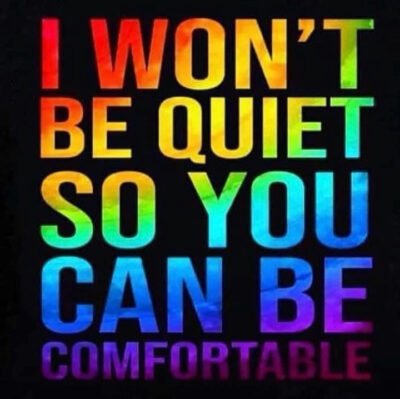The objectification of Black people doesn’t stay on screen.It follows us into courtrooms, hospitals, shelters, and survivor services—places where safe
 The objectification of Black people doesn’t stay on screen.
The objectification of Black people doesn’t stay on screen.
It follows us into courtrooms, hospitals, shelters, and survivor services—places where safety should be the priority, not perception.
Too often, when a Black woman or girl seeks protection, she’s not being evaluated as a person with needs, pain, or trauma. She’s being scanned—subconsciously and systemically—for alignment with a caricature.
Objectification Isn’t Just Offensive. It’s Dangerous.
When your image is distorted and flattened in the cultural imagination, people begin to treat you according to the stereotype—not the truth.
You stop being a human being with emotions, complexity, and context.
You become a role they already recognize from movies, music videos, court shows, or clickbait headlines.
This matters deeply in situations where Survivors must rely on strangers for life-saving help.
In Real Life, This Looks Like:
-
A Black woman calling the police after an assault and being interrogated instead of protected, because she “doesn’t seem like a victim.”
-
A teenage girl walking into a crisis center and being mocked or dismissed because her pain doesn’t match what staff have been conditioned to recognize.
-
A mother trying to escape domestic violence being told to calm down, because her anger is misread as aggression, rather than desperation.
-
A medical professional treating her like a problem to contain, not a patient to care for, because of preconceived beliefs about Black women’s pain tolerance or emotional expression.
And all the while, someone behind a desk is wondering why she seems so “guarded,” so “closed off,” so “angry.”
The Caricature Precedes the Person
Media has long painted Black people as strong-but-silent, angry-but-exaggerated, oversexualized-but-unworthy.
So when a real human being shows up—tender, terrified, or trying to survive—the system doesn’t respond with empathy.
It responds with confusion, suspicion, or indifference.
What’s worse is that Black women are often told to understand it. To explain it.
To excuse the fact that, once again, we were seen, but not really seen.
Representation ≠ Recognition
We live in an era of increased visibility—but not increased safety.
There are more Black faces in media, politics, advertising, and pop culture—but the question is how we are seen.
Are we shown as fully human?
Or only when it fits someone else’s comfort zone or brand message?
Representation without dignity, empathy, and complexity becomes another form of performance.
And performance doesn’t protect victims.
What This Means for Survivors
Black Survivors are not only healing from harm, but also battling perception.
They’re trying to tell their stories in a system that was trained to doubt them.
They’re being asked to prove pain in a world that has grown desensitized to their suffering.
They’re being asked to soften their truth so others can feel comfortable.
And too often, they are punished when they don’t.
We Must Shift the Lens
-
Objectification costs lives.
-
Media distortion influences frontline response.
-
Cultural stereotypes shape safety outcomes.
If you see us as less human, you will offer less humanity.
If you see us as angry, you will miss our fear.
If you see us as strong, you will dismiss our vulnerability.
We are not caricatures.
We are not tropes.
We are not props.
We are people—
And we deserve to be protected as such.